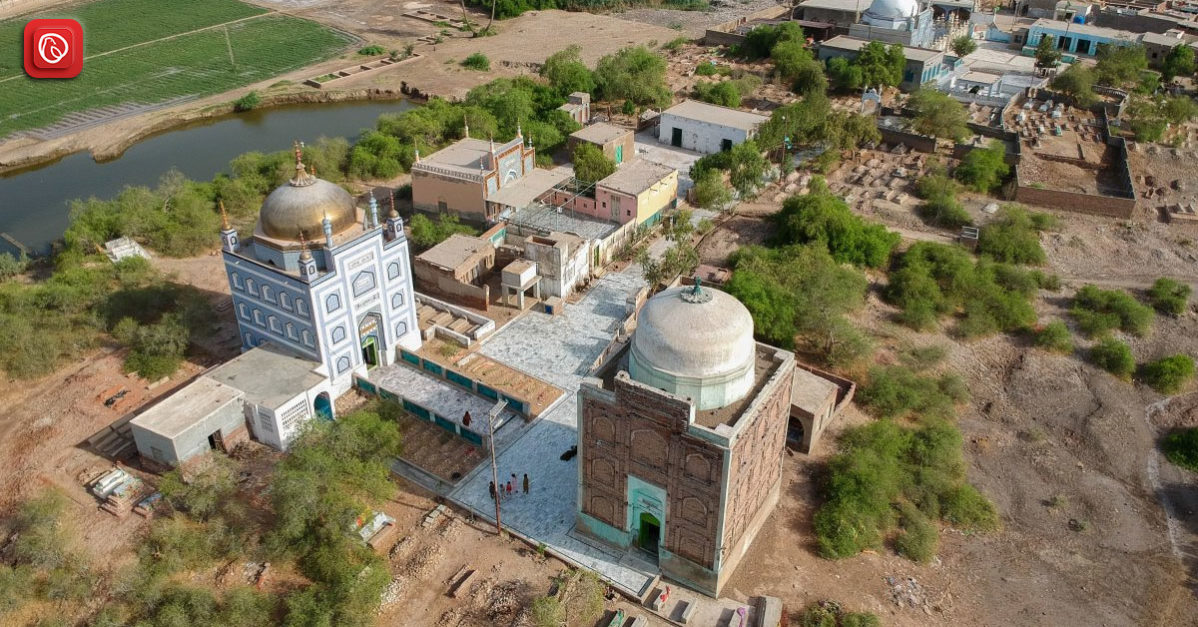Matiari, a district in Sindh province rich in history and culture, is well-known for its traditional Ajrak textiles. Due to the N-5 National Highway, which connects all of its municipalities and runs through the centre of Matiari, it is a key hub that is easily accessible. The N-55 Indus Highway connects to the N-5 via Hyderabad, even though it passes through the district. Another important railway link that serves Matiari is the Karachi-Lahore line. Beyond its geographic importance, Matiari has a distinguished academic history.
Graana.com offers a deeper insight into the district. In this blog, Graana.com explores the cultural, historic, economic and mystic significance of the district.
Location
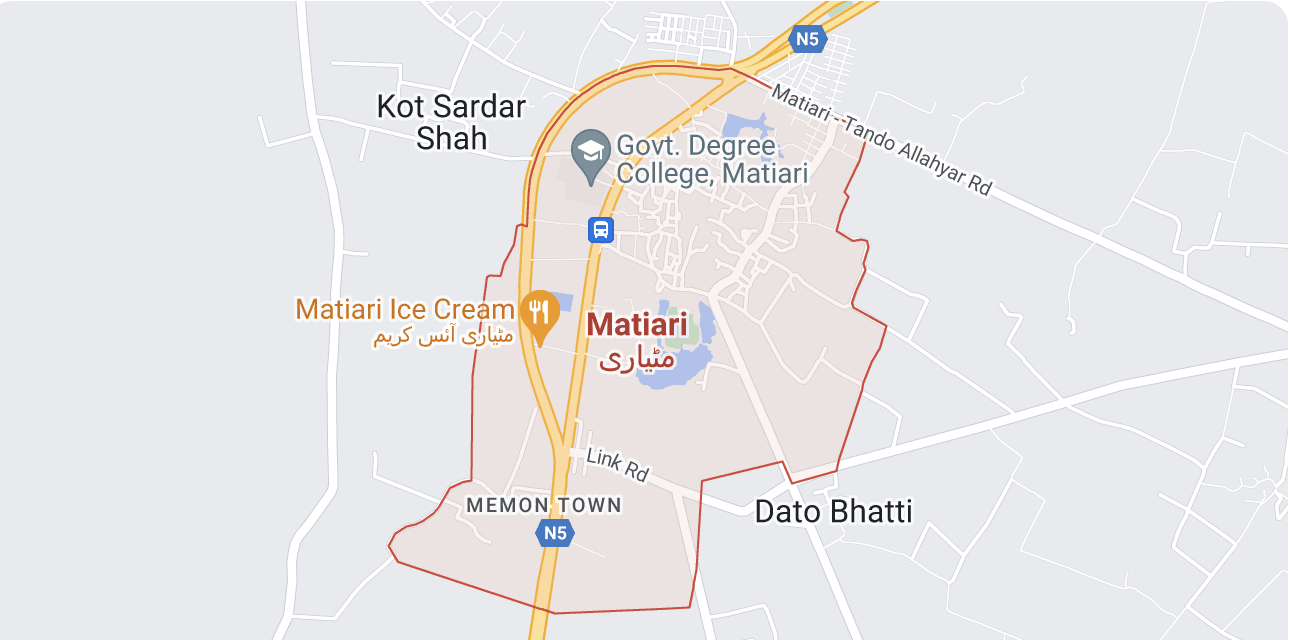
Located in the centre of Sindh province, Matiari district gets its name from the town that serves as its capital. It was founded in 2004 and is located around 230 kilometres from Karachi on the left bank of the Indus River.
Matiari, one of the oldest areas in Sindh, has a rich history and is bounded to the east by Sanghar, to the west by Jamshoro, to the north by Shaheed Benazirabad, and to the south by Hyderabad and Tando Allahyar.
The district is well-connected, situated between 68° 14″ 8\ to 68° 14″ 40\ East longitudes and 25° 26″ 20\ to 26° 5″ 43\ North latitudes. Its centre is crossed by the National Highway N-5, which gives each of its municipality’s access. The district is not reached by the Indus Highway N-55, which instead connects Matiari to N-5 via Hyderabad.
How to Reach Matiari?
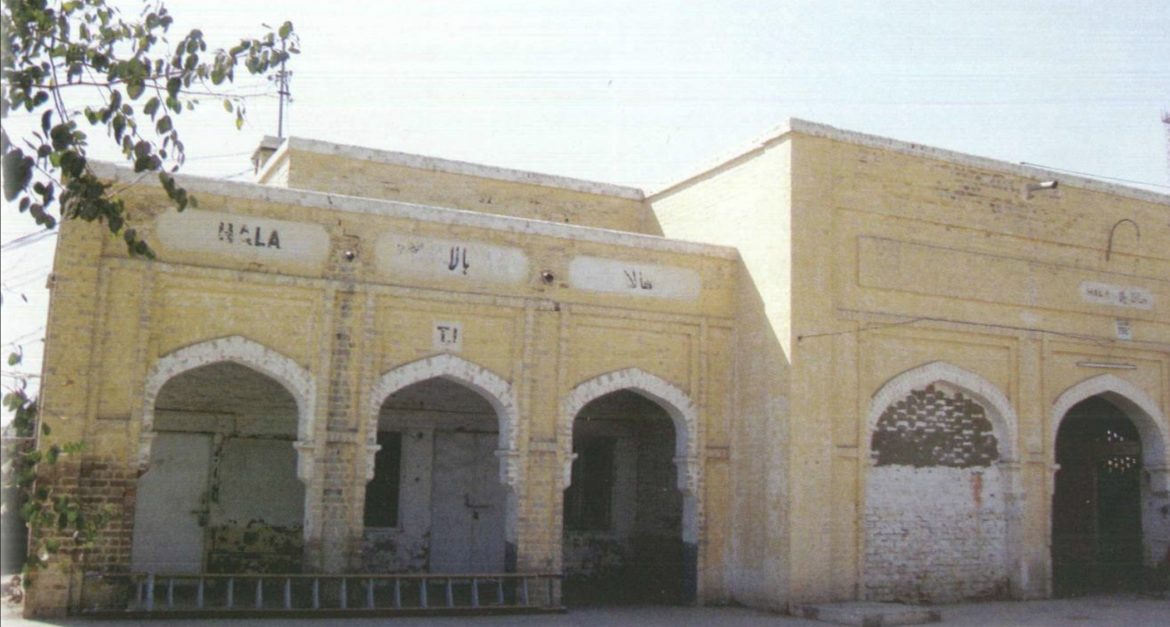
Matiari is situated in Sindh province in Pakistan. Here’s how you can reach Matiari:
By Road
The most practical way to get to Matiari is by car. The district’s centre is directly traversed by National Highway N-5, making getting to Matiari and other nearby towns simple. Should you arrive from Karachi, the distance on N-5 will be roughly 230 kilometres.
By Train
The major railway track between Karachi and Lahore connects Matiari to the national railway network. Rail availability and schedules can be verified online or at major cities’ rail stations.
Additional Information
Although the text does not mention bus routes, public buses likely connect Matiari to neighbouring towns and cities. Near the district lies Indus Highway N-55, which links to N-5 via Hyderabad. This could be a different path based on where you came from.
Historical Places to Visit in Matiari
The Matiari area in Sindh has many historical and cultural landmarks, all telling secrets about the past. Here’s a closer look at a few of its notable landmarks:
Dargah of Bhit Shah
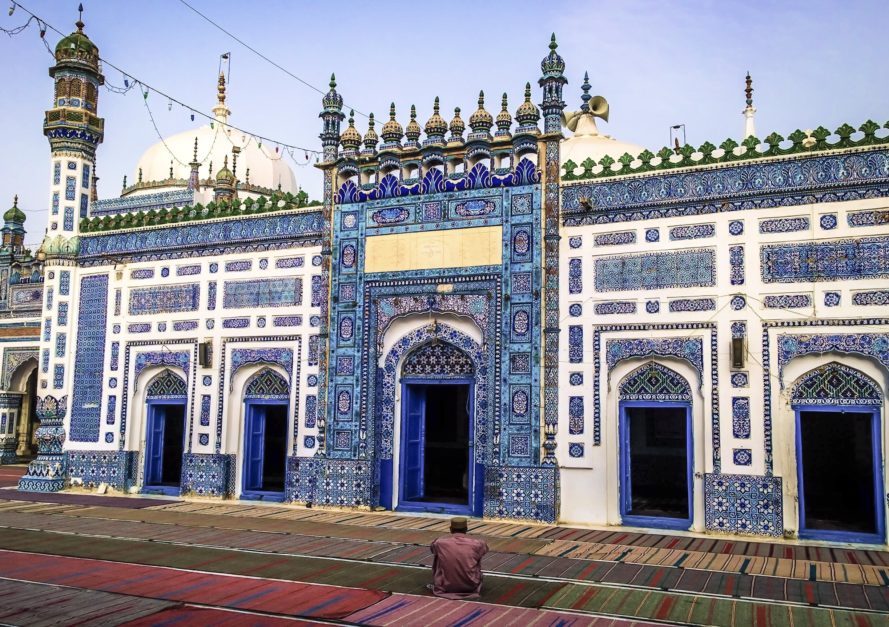
This holy shrine belongs to the most famous poet and saint of Sindh, Shah Abdul Latif Bhittai. His greatest work, “Shah Jo Risalo,” a compilation of mystical Sindhi poetry, still influences readers today.
Every year, the Dargah hosts a three-day Urs festival that attracts followers from all over the world. They gather to honour his memory via prayer, poetry readings, and music. The temple complex’s elaborate tile work and tranquil ambience are stunning examples of Indo-Islamic architecture.
Dargah of Makhdoom Nooh
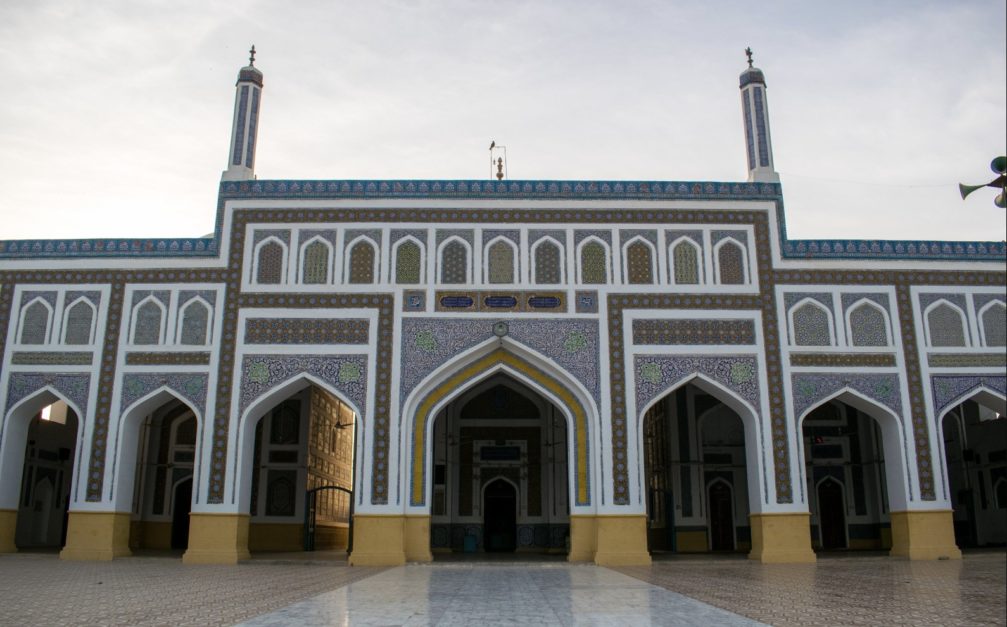
Makhdoom Nooh, a highly regarded philosopher and saint of the Suhurwardia Sufi order in Sindh, advanced tolerance and peace in the area while transmitting Islamic knowledge during the 18th century. Travellers come to the Dargah to honor him and seek blessings from this significant person.
Historical City of Khudabad
This mysterious old city is a thriving community under the Samma dynasty (1351–1526 AD). Remains of ancient buildings, mosques, and tombs have been found during excavations, suggesting a rich history. Archaeologists and history enthusiasts are eager to explore Khudabad more as it holds the potential to reveal more about Sindh’s rich historical legacy.
Dargah of Sakhi Hashim Shah & Dargah of Syed Muhammad Shah Gilani
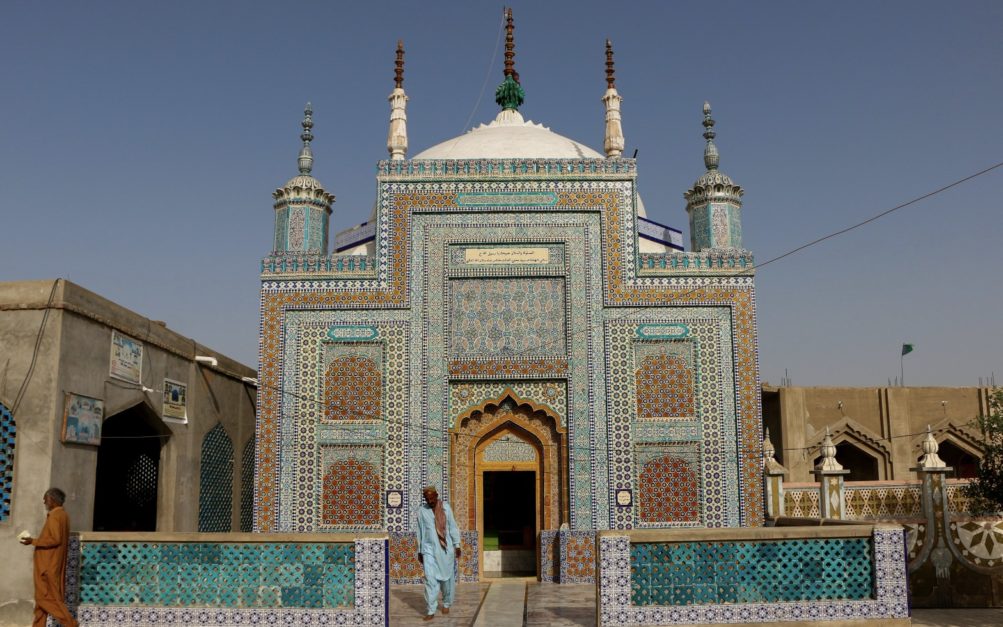
These shrines are important in Matiari’s spiritual landscape even though they are less well-known than others. Islamic teachings and spiritual development were the lifelong missions of Sufi saints Sakhi Hashim Shah and Syed Muhammad Shah Gilani. Devotees who are looking for blessings and spiritual direction visit these shrines.
Jami Masjid
Standing tall for more than 500 years, this magnificent mosque is a pillar of Matiari’s architectural history. The large prayer hall and the complex embellishments on its facade showcase the era’s craftsmanship. The mosque remains a house of worship and a symbol of the region’s lasting Islamic traditions.
Odero Lal Temple Complex
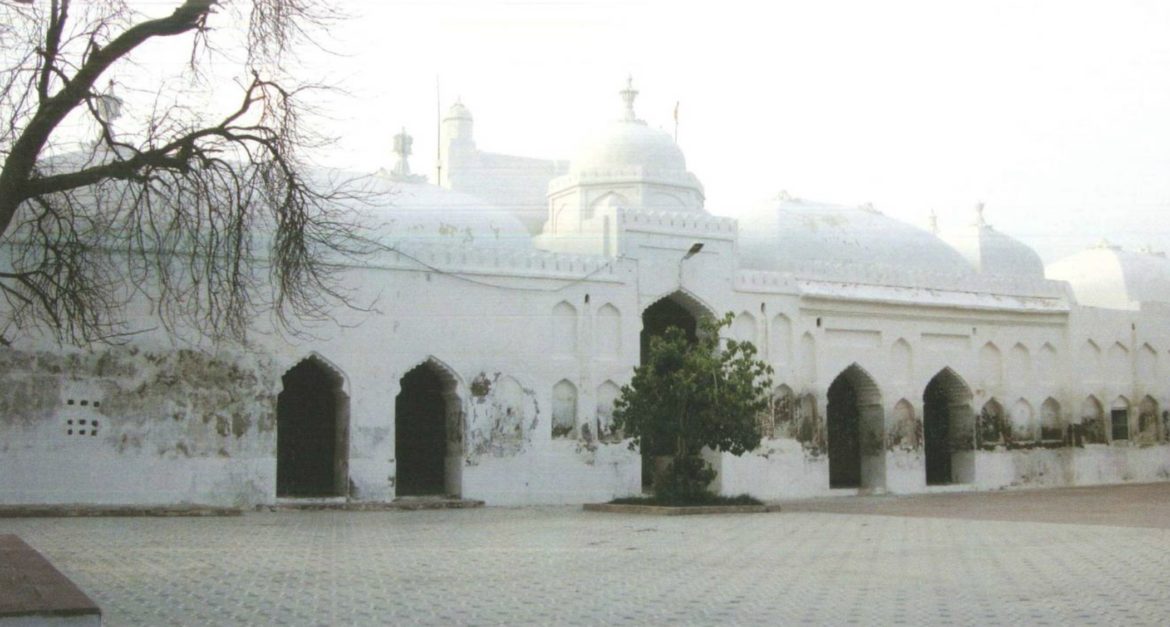
The Odero Lal Temple Complex in Matiari, Sindh, is a symbol of interfaith peace. For generations, this special location has served as a shrine for Muslims and Hindus alike, promoting a shared culture of reverence.
Both religions honour the central mausoleum located within the structure. The complex features many gates, a large courtyard, and waiting spaces for pilgrims, all of which are architectural features reminiscent of mosques from the Mughal era. Hindu visitors attach particular value to a well located within the premises.
This 18-acre self-sufficient compound in the heart of Sindh is financially self-sufficient and represents the spirit of shared traditions.
Matiari’s Economic Engine
The economic landscape of Matiari is as follows:
- In Matiari, agriculture accounts for the majority (57.8%), yielding a wide variety of crops (such as rice, wheat, and cotton) and fruits and vegetables (okra, mangoes). The next most important source of income and necessary food (meat and milk) is livestock breeding.
- Urban areas are seeing an increase in poultry farms (55), which helps produce meat and eggs.
- Fishing in the canals and Indus River enhances the locals’ protein intake.
- Future potential exists in exploring coal (Khanote deposits), gas (found in the town of Hala), and oil.
- Water is guaranteed to reach farms by the Indus Basin Irrigation System, which includes the Matiari Distributary and Rohri Canal.
A Glimpse into Matiari’s Past
Matiari boasts a rich history, interwoven with the broader narrative of Sindh. Here’s a concise look at its past:
- Ancient Roots: According to available data, settlements may have occurred during the Samma dynasty (AD 1351–1526).
- The shifting sands of power: Matiari saw the dominion of several dynasties over the ages, including the Soomras, Kalhoras, Talpurs, and finally, the British Raj.
- A City Appears: Matiari, which was once called Chang village, evolved under the Syeds when they came during Timur Lang’s reign (the 14th century).
- Land of Saints: Matiari’s spiritual environment was shaped by the numerous Sufi saints who called it home, including Shah Abdul Latif Bhittai and Sakhi Hashim Shah.
- A District Forms: In 2004 Matiari broke away from Hyderabad to become an independent district.
Today, Matiari is a living reminder of its rich past and a location where culture and history thrive.
FAQs on Matiari
The following are some of Matiari’s top FAQs.
Where is Matiari?
Matiari district is located in Sindh, Pakistan.
What’s the main economic activity?
Agriculture reigns supreme, with crops like wheat, cotton, and fruits like mangoes being major produce. Livestock breeding is another key source of income.
Any famous historical sites?
Yes! The Dargah of Bhitt Shah, a revered Sufi saint and poet, is a prominent landmark.
What about festivals?
Matiari celebrates the annual Urs of Shah Abdul Latif Bhittai, a vibrant festival honouring his legacy through music and poetry.
Is there anything unique about Matiari?
The Odero Lal Temple Complex is a fascinating example of shared reverence, serving as a shrine for both Hindus and Muslims for centuries.
What’s the climate like?
Matiari experiences a hot desert climate with scorching summers and mild winters.
What are the dominat languages?
Sindhi is the dominant language there.
This was all about Matiari. For more information, visit Graana.com.
